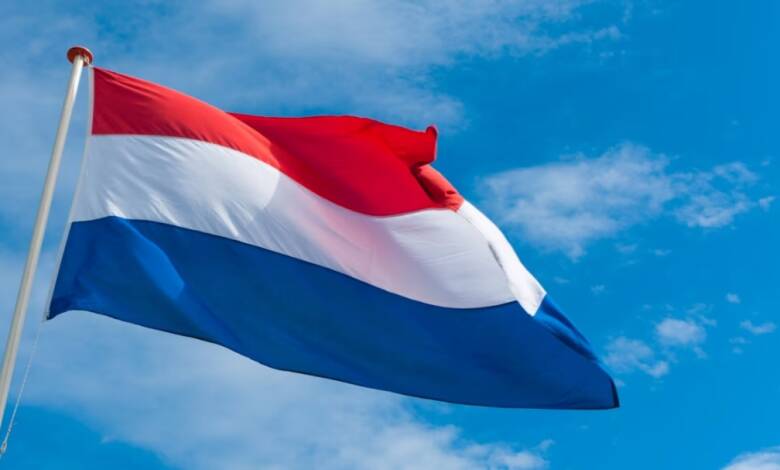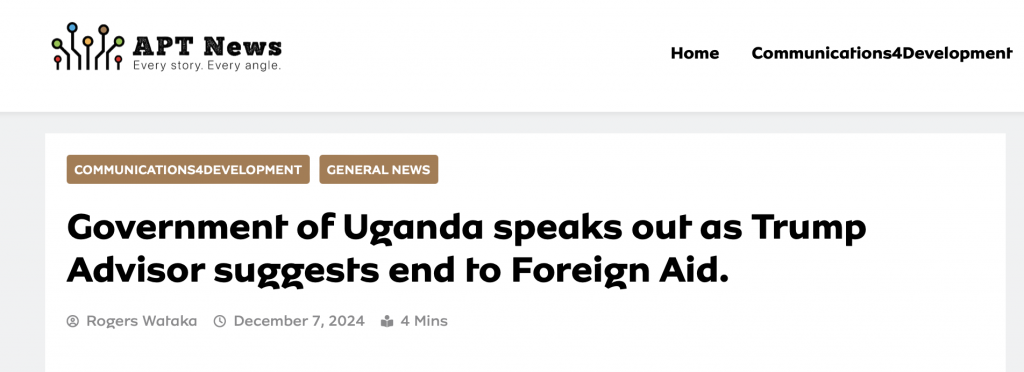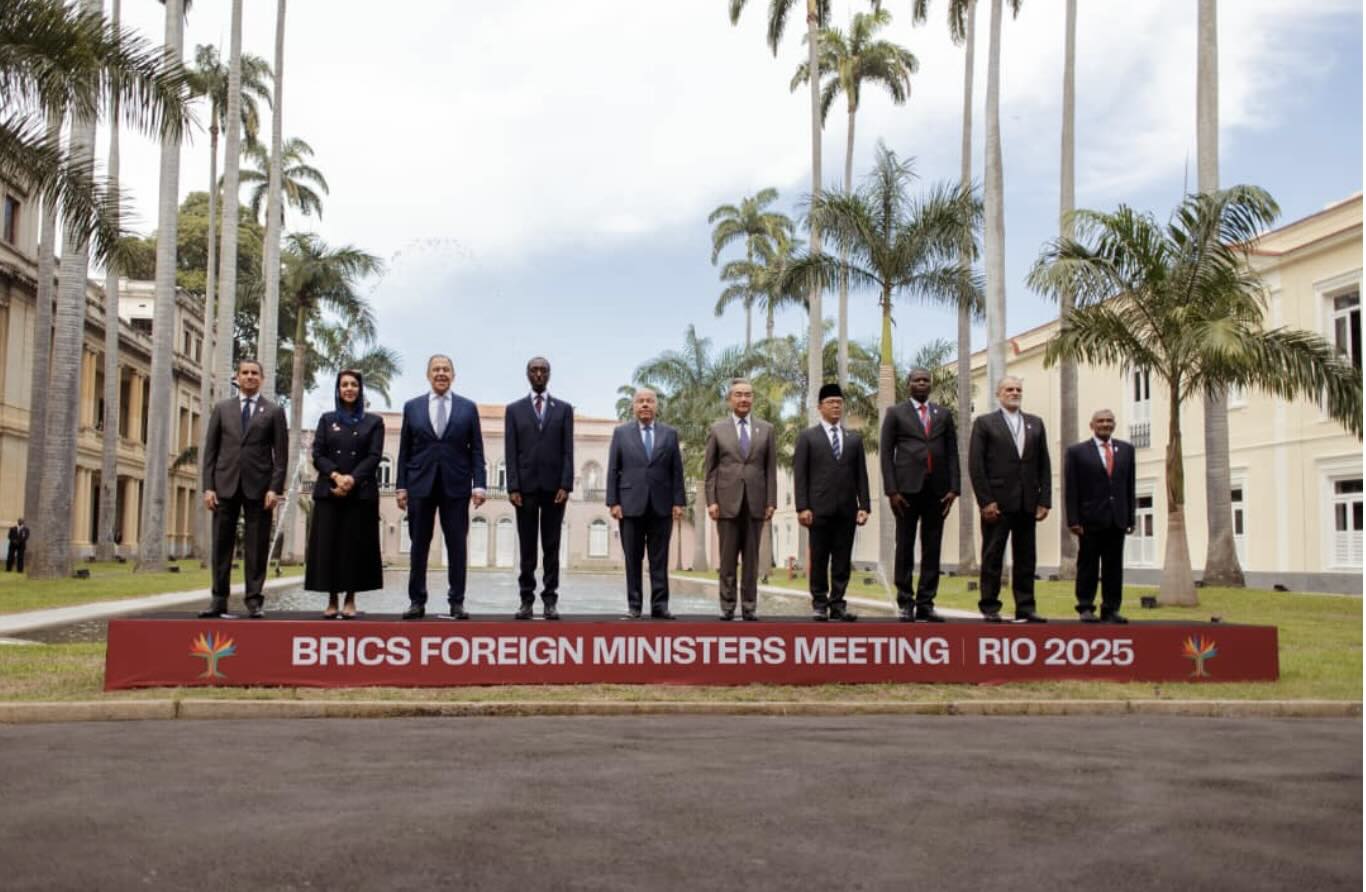Breaking: Dutch Government to Cut Aid

The Dutch Government is cutting is Aid program in several countries across the world, but keeping substantial flow to countries such as those in the Sahel region, Nigeria, Ghana, Nepal, Kenya, Ethiopia, Somalia, Sudan alongside the North Africa, the Greater Horn of Africa and Middle East counterparts. The DRC, Rwanda and Burundi will also suffer budget cuts. The new move will also see funding for gender equality programs, vocational education in Africa, and climate initiatives phased out or significantly reduced.
In this new development, there will be a shift away from direct aid in favour of trade in Latin America (Bolivia, Honduras, El Salvador). Overall, the revised strategy seeks to create stronger ties between development aid and the Dutch private sector. This includes providing incentives for Dutch companies to engage in international contracts through public-private partnerships.
In a document accessed by this website, the Dutch government says it will align development aid closely with national economic, trade, and migration policies, and, that funding will focus on a few core themes and regions rather than a broad global approach. This presents a significant shift in its foreign trade and development aid strategy, prioritising national interests over traditional aid approaches, the documents adds.
This new policy, outlined in a dossier, includes substantial budget cuts and a strategic reallocation of resources aimed at enhancing the Netherlands’ economic, security, and migration objectives.
In this new development, programs deemed non-essential (gender, climate, education, culture) will be scaled back or eliminated. Thus, funding for gender equality programs will be eliminated entirely, with previous allocations of €0.6 billion phased out. Vocational and higher education programs in Africa will also see their funding cut to almost zero significants, alongside reductions in climate-related initiatives and support for civil society organizations.
The document adds that, starting in 2027, the Dutch development aid budget will face cuts totalling €2.4 billion annually. This reduction will decrease the total budget from an estimated €6.1 billion in 2019 to €3.8 billion, marking a decline in development aid as a percentage of Gross National Income (GNI) from 0.62% in 2024 to 0.44% by 2029.
The government’s decision reflects a broader trend of linking development assistance directly to countries’ economic interests. The move will also see UNDP and UNICEF face funding reductions of about 50%.
However, Dutch businesses will have greater opportunities in trade-linked development aid. Under the new framework, development aid will be explicitly tied to areas that benefit the Netherlands, including trade, security, and migration control. Key priorities will include: Water Management that seeks to leverage Dutch expertise in water infrastructure, Support for local food production while bolstering Dutch agribusiness and Health Initiatives that will focus on enhancing healthcare services, particularly for maternal and child health.
However, the Dutch government plans to concentrate its aid efforts on a limited number of countries, primarily located in Europe’s neighbouring regions.
While programs in West Africa, the Horn of Africa, and parts of North Africa and the Middle East will continue, initiatives in regions such as the Great Lakes Area of Africa and South Asia will be discontinued.
Part of the new strategy will focus on immigration control as a central objective. A core component of the new policy is the linkage of aid to migration control efforts. The government aims to invest in regional refugee assistance programs and establish agreements with key transit countries like Morocco and Uganda to curb irregular migration.
Despite the cuts, humanitarian aid remains a priority, with plans to provide support through local organizations capable of responding swiftly to crises. However, funding for UN agencies such as UNDP and UNICEF will see reductions of approximately 50%.
Just recently, the United state of America announced massive budget cuts in their external aid while at the same time looking inward on their national interests, a move that Government Spokesperson Ofwono Opondo had previously welcomed “Indeed apart from funding the already rich, and not the real needs of Africa, foreign aid has kept the dependency syndrome among African leaders and elite and should be stopped altogether so that Africans become creative and innovative to use their brains to exploit their abundant resources including conducive climate as well as a rising youth population,“Opondo told this website previously”.

While this was bound to have far-reaching implications, few would have imagined that countries in the European corridor would follow suit. This policy shift represents a significant departure from traditional development cooperation models towards a more selective approach that aligns closely with national interests. As the Netherlands recalibrates its development strategy, it aims to focus on fewer core themes while reducing funding for areas that they termed as non-essential.
The implications of these changes are far-reaching , affecting not only recipient countries but also international partnerships and the role of civil society organizations in development efforts.
The shift in major Western government’s commitment to prioritizing national interests is reshaping the landscape of international development aid. On the brighter side, the focus on trade and not aid may very well be the magic bullet to awaken the industrial spark and creativity in most countries that have had a heavy reliance on aid.


